Digital Endoscope Expand What You See ?
A digital endoscope is a medical device that allows doctors to see inside the body without making large incisions. It consists of a long, thin tube with a camera and light source at the end, which is inserted into the body through a small incision or natural opening. The camera captures images of the internal organs or tissues, which are displayed on a monitor in real-time.
The digital technology used in endoscopes allows for high-quality images and video, which can be zoomed in or out to provide a more detailed view of the area being examined. This can help doctors to diagnose and treat a wide range of conditions, from digestive disorders to respiratory problems and even cancer. Digital endoscopes are also less invasive than traditional surgical procedures, which means that patients experience less pain, scarring, and downtime. Overall, digital endoscopes have revolutionized the field of medicine by expanding what doctors can see and improving patient outcomes.
1、 Optical Technology Advancements
Digital endoscopes are a prime example of the advancements in optical technology that have revolutionized the medical industry. These devices use digital imaging technology to capture high-resolution images of internal organs and tissues, allowing doctors to diagnose and treat a wide range of medical conditions.
One of the key advantages of digital endoscopes is that they expand what doctors can see. Traditional endoscopes use optical fibers to transmit images from the tip of the device to a viewing screen. However, these fibers can only transmit a limited amount of light, which can make it difficult to see small details or subtle changes in tissue.
Digital endoscopes, on the other hand, use digital sensors to capture images directly from the tip of the device. This allows for much higher resolution images, which can reveal details that might have been missed with traditional endoscopes. Additionally, digital endoscopes can be equipped with advanced imaging technologies like fluorescence imaging, which can help doctors identify cancerous tissue or other abnormalities.
The latest advancements in digital endoscope technology include the development of wireless endoscopes, which can transmit images to a computer or mobile device without the need for cables or wires. This makes the devices more portable and easier to use in a variety of settings.
Overall, digital endoscopes represent a major step forward in optical technology, allowing doctors to see more clearly and diagnose and treat medical conditions more effectively. As technology continues to advance, we can expect to see even more innovative uses for digital endoscopes in the years to come.

2、 High-Resolution Imaging
Digital endoscopes expand what you see by providing high-resolution imaging of internal structures and organs. These devices use advanced imaging technologies such as high-definition cameras, fiber-optic cables, and LED lights to capture clear and detailed images of the body's internal structures.
With digital endoscopes, doctors can visualize and diagnose a wide range of medical conditions, including gastrointestinal disorders, respiratory problems, and urological issues. The high-resolution imaging capabilities of these devices allow doctors to detect even the smallest abnormalities and lesions, which may not be visible with traditional imaging techniques.
Moreover, the latest point of view is that digital endoscopes are becoming increasingly sophisticated and user-friendly. For instance, some digital endoscopes now come with advanced features such as 3D imaging, which provides a more comprehensive view of the internal structures. Additionally, some devices are equipped with artificial intelligence (AI) algorithms that can help doctors identify and diagnose medical conditions more accurately and efficiently.
In conclusion, digital endoscopes are an essential tool in modern medicine, providing doctors with high-resolution imaging capabilities that expand what they can see. With the latest advancements in technology, these devices are becoming even more sophisticated and user-friendly, enabling doctors to diagnose and treat medical conditions more effectively.

3、 Wireless Connectivity
Digital endoscopes are medical devices that allow doctors to see inside the human body without the need for invasive surgery. These devices have been around for many years, but recent advancements in wireless connectivity have expanded their capabilities and made them even more useful in medical settings.
Wireless connectivity allows digital endoscopes to transmit images and data in real-time to other devices, such as smartphones or tablets. This means that doctors can view and analyze the images as they are being captured, which can help them make more accurate diagnoses and treatment plans.
In addition, wireless connectivity has made it possible for digital endoscopes to be used in remote or hard-to-reach locations. For example, doctors can use a digital endoscope to examine the inside of a patient's lungs or digestive tract without having to physically be in the same room as the patient. This can be especially useful in emergency situations or in areas where medical resources are limited.
Another benefit of wireless connectivity is that it allows for easier collaboration between doctors and medical professionals. Multiple doctors can view the same images and data simultaneously, which can lead to more informed decisions and better patient outcomes.
Overall, the addition of wireless connectivity to digital endoscopes has expanded their capabilities and made them even more valuable tools in the medical field. As technology continues to advance, it is likely that we will see even more advancements in this area in the future.

4、 Miniaturization of Components
Digital endoscopes expand what you see when it comes to the miniaturization of components. With the increasing trend towards miniaturization of electronic components, it has become increasingly difficult to inspect and diagnose faults in these components. Traditional inspection methods such as visual inspection or X-ray inspection are no longer sufficient to detect faults in these tiny components. This is where digital endoscopes come in.
Digital endoscopes are small, flexible cameras that can be inserted into tight spaces to capture high-resolution images and videos. They are equipped with powerful LED lights that illuminate the area being inspected, making it easier to detect faults. With digital endoscopes, technicians can inspect and diagnose faults in tiny components such as microchips, circuit boards, and other electronic components.
The latest point of view on digital endoscopes is that they are becoming more advanced and sophisticated. They are now equipped with features such as wireless connectivity, high-definition cameras, and advanced image processing algorithms. This makes it easier for technicians to capture and analyze images and videos of tiny components, even in challenging environments.
In conclusion, digital endoscopes expand what you see when it comes to the miniaturization of components. They provide a powerful tool for technicians to inspect and diagnose faults in tiny electronic components. With the latest advancements in digital endoscope technology, they are becoming even more powerful and sophisticated, making them an essential tool for anyone working with miniaturized electronic components.



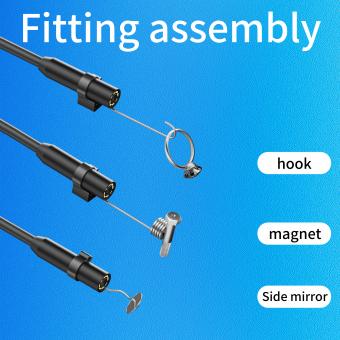







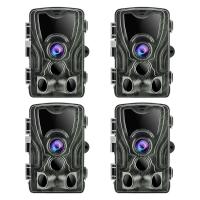
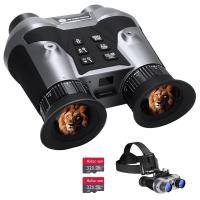
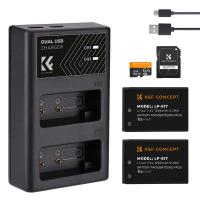
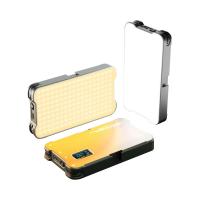


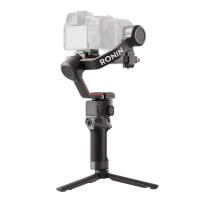
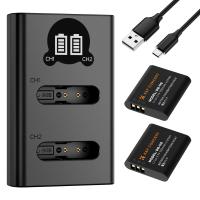
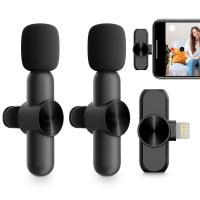



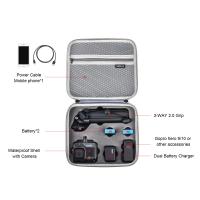
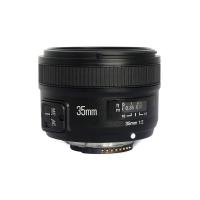


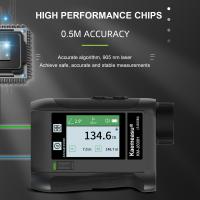
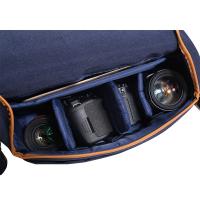

There are no comments for this blog.